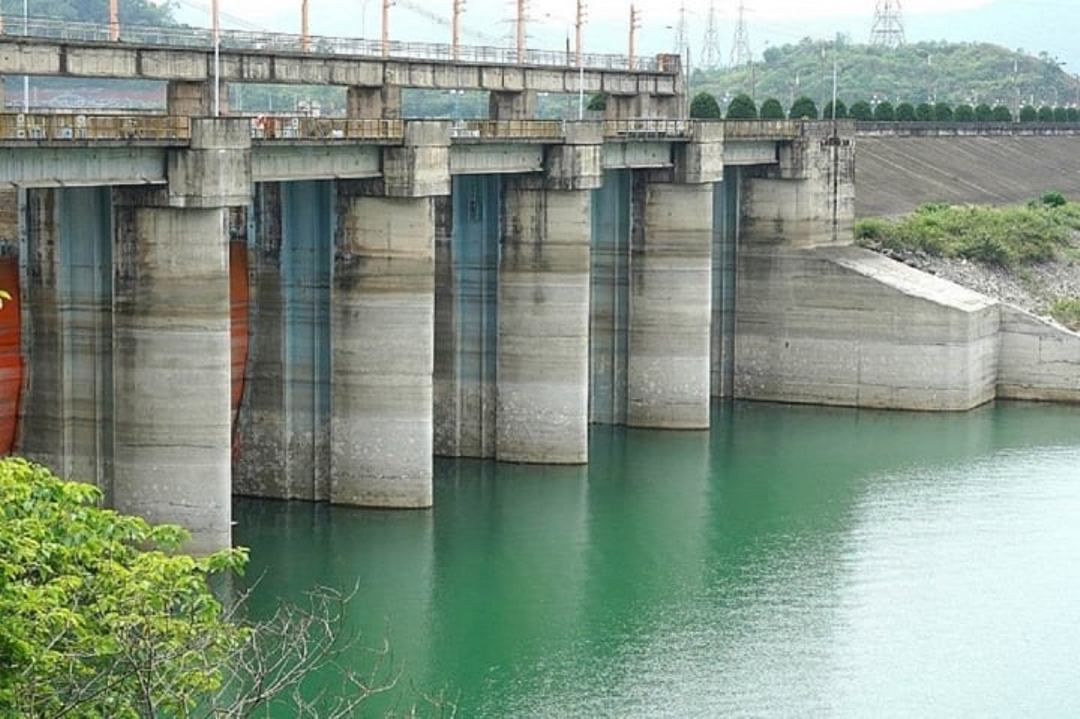HCMC – Water levels of hydroelectric reservoirs in northern Vietnam have improved, backed by sustainable water flows, reported the local media.
On June 27, all hydropower plants in the north, including Tuyen Quang, Son La, Lai Chau, and Hoa Binh, reported their reservoirs ranging from eight to 22 meters above the extremely low levels, a double increase compared to mid-June.
Other hydropower plants like Thac Ba, Huoi Quang, Ban Ve and Quang Tri recorded water levels exceeding the dead water levels by 1.2 to 1.6 meters.
According to the Power Management Department under the Ministry of Industry and Trade, the increased water volume in the northern hydropower plants has enabled large reservoirs to store more water. However, some medium and small-sized reservoirs have had to regulate water flows to prevent flooding.
A few days ago, Lai Chau and Tuyen Quang hydropower plants resumed electricity generation after a suspension for water storage. Meanwhile, the Thac Ba hydropower plant could only produce power at a moderate level as its reservoir water level is only 1.3 meters higher than the dead level.
Hydrological forecasts indicate a slight decrease in water flows into reservoirs in the northern and south-central regions on June 28. However, other hydropower reservoirs in the north-central region, the Central Highlands, and the southeastern region are experiencing rising water volume.
“The flooding season is arriving earlier than usual in the north. As a result, water levels in hydropower reservoirs in the region have continued to rise, allowing them to generate a total of 421 to 425 kWh per day,” said the Power Management Department.
In case, there is no flooding in soon, the northern hydropower plants can utilize the remaining reservoir water volume and natural water flows to generate electricity, ensuring a stable power supply for households and businesses, added the department.
Since the end of May, Hanoi City and many other northern provinces have experienced power outages due to surging electricity demand during the hot weather. The power generated by hydropower plants, one of the main sources of power in northern Vietnam, significantly declined due to prolonged drought. Additionally, around 2,100 MW of electricity capacity provided by thermal power plants could not be mobilized due to technical issues faced by power generators.









